“Smart grid” is the electric grid that realizes panoramic information operation, data transmission network, dynamic safety assessment, refined dispatching decision, automatic operation control, and optimal coordination of the machine and network as well as ensures safety, reliability, flexible coordination, high-quality, efficiency, economic-friendly and environmental-friendly.
The article will take you to understand what is a smart grid.
1. What is Smart Grid
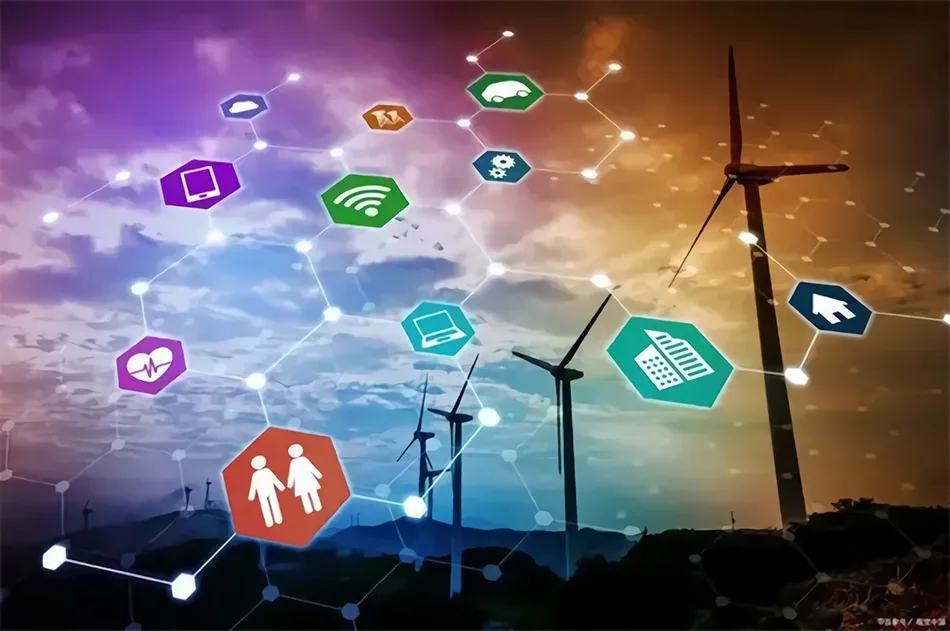
“Smart grid” typically refers to the new grid system that incorporates modern information systems into the traditional energy network so that the power grid has better control and visibility to cope with difficulties including a low energy utilization rate, poor interactivity, difficult security and stability analysis of the traditional power system. At the same time, real-time regulation based on energy flow facilitates the access and utilization of distributed new energy generation and distributed energy storage systems.
A “smart grid” stands for a fully automated power supply network in which every user and node is monitored in real time and the electric current and information are ensured to achieve a two-way flow at every point from the power plant to the customer’s appliances. The smart grid ensures real-time market transactions and seamless connections and real-time interactions among grid members through a wide range of distributed intelligence and broadband communications, as well as the integration of automated control systems.
In the first place, the “smart grid” uses sensors to monitor the operation of key devices in real time such as power generation, transmission, distribution and supply; Then the system collects and integrates the data obtained through a network system; Finally, the data is analyzed and mined to achieve optimal management of the entire power system.
2. How Does the Smart Grid Work
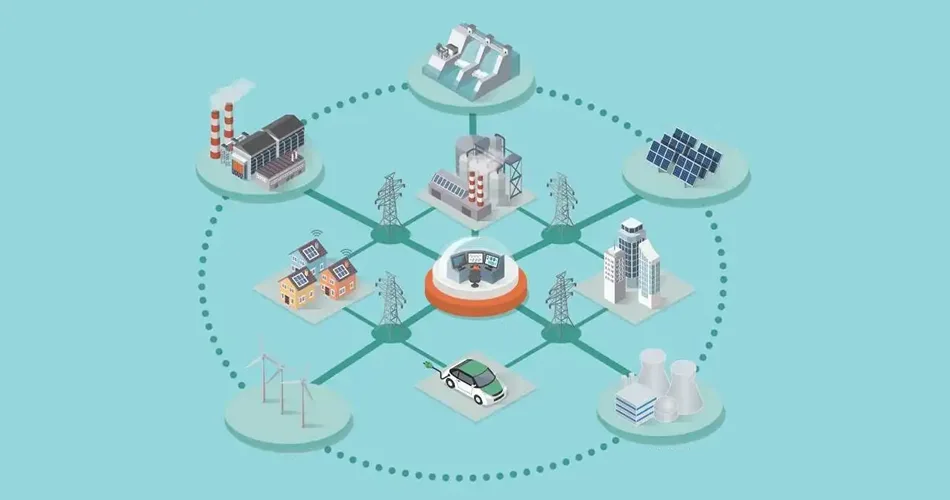
IoT technology has a wide application in the power system and can play a significant role in power grid construction, safety production management, operation and maintenance, security monitoring, metering and customer interaction and so on. It can improve the depth and breadth of information perception in all aspects of smart grid generation, transmission, transformation, distribution and utilization.
Power Generation
In the smart grid power generation and energy storage, IoT technology is mainly applied to the unit operation status detection, electrical parameter monitoring, dam monitoring, station area pollutant and gas monitoring, desulfurization monitoring, energy storage monitoring, in pumped power storage stations. In terms of new energy access like wind farms and photovoltaic power stations, IoT technology applications are reflected in the monitoring of wind power, wind energy, wind speed and wind direction in the distributed field-based station areas. It also conducts the monitoring of light intensity, the number of hours available for light sources and the real-time collection of temperature, humidity, air pressure, rainfall, radiation, ice coverage and other elements in the micro-meteorological geographic environments. All of these applications are to achieve automatic monitoring, power prediction and intelligent control of new energy power plants to strengthen the level of coordination of the machine network and optimal allocation of resources so as to ensure the safe and stable economic operation of the energy bases.
Power Transmission
During the process of the smart grid transmission, IoT is applied to ice coverage of transmission line, breeze vibration, shaking, wind deflection, arc sag and tower stress monitoring; By using fiber optic sensing technology, the technology can achieve online monitoring of parameters such as wire temperature, and load capacity dynamic increase as well as early warning; What’s more, the technology can achieve monitoring of insulator string wind deflection, fouling and salt density by using passive optical waveguide sensor; By using image or video sensing technology, it can achieve real-time monitoring of anti-theft for line, pylon, tilt, foundation slip, grounding corrosion to provide technical support for transmission line failure locating and automatic diagnosis so as to provide information and digital sharing data for power line production management and operation and maintenance, thus realizing safe, efficient and intelligent inspection of transmission lines to enhance power transmission reliability and safety.
Power Transformation
An intelligent substation is a crucial component of a smart grid. The key part of the smart substation lies in the automatic cooperative control. Its development direction is the digitalization of equipment information and maintenance status while efficient operation and maintenance is the ultimate goal. IoT technologies can be applied to conduct real-time monitoring, diagnosis and auxiliary decision-making of electricity, mechanization and operation information of substation equipment, especially for oil and gas inspection of transformers using sensing equipment to judge their health status and operation; for protection intrusion detection of substations using wireless sensing, telemetry and three-dimensional virtual technology; IoT realizes protection intrusion detection of substations by using wireless sensing, telemetry and three-dimensional virtual technology; It can also combine electronic identification technology with working ticket system to fulfill smart inspection of substations, operation safety management and scheduling command interactivity in order to boost the growth of unattended digital substations.
Power Distribution
A power distribution network is a vital part of an electric power system, having the traits of large amounts of equipment, wide distribution and a complex system. At present, there are still issues facing China in terms of a weak distribution network frame and difficult communication coverage of the power distribution network. In the strong smart grid distribution process, IoT technology can be applied to achieve automatic power distribution network, power distribution network line and equipment condition monitoring, early warning and maintenance. What’s more, it can realize the on-site operation management and intelligent inspection of power distribution network, emergency communication, off-site metering and load monitoring management, distributed energy and charging stations and other facilities monitoring. All of these applications are aimed to strengthen the centralized monitoring of the power distribution network, optimize operation control and management, achieve high-reliability and high-quality power supply and decrease power consumption and losses.
Power Utilization
Underpinned by a two-way, high-speed and secure data communication network, IoT technology is mainly oriented to smart electricity consumption and interactive technology in the process of smart grid electricity. It is primarily employed for smart electricity service, electricity information collection, smart customer service, electric vehicle charging and electricity replacement, smart business hall, demand-side management and energy efficiency assessment, green environment management of machine rooms and power environment monitoring in order to realize flexible access to the grid, or plug-and-play and two-way interaction with customers to improve electricity supply reliability and electricity consumption efficiency as well as service of power supply enterprises and offer technical backup to national energy-saving and emission reduction strategy.
4. The difference between Traditional Power Grid and Smart Grid Technology

Fives Links of Smart Grid
In simple terms, a smart grid is the deep integration of advanced information and other technologies into the power grid to achieve fundamental changes in the power industry. It covers all aspects of power generation, transmission, substation, distribution, consumption and dispatching with the traits of informatization, automation and interaction. Its purpose is to achieve a highly-integrated modern power grid of power flow, information flow and business flow.
Looking back at the traditional power grid, it is not a flexible system, which is reflected in the way that the access and withdrawal of power supply, as well as the transmission of electricity and energy are inflexible, resulting in generating a grid dynamic flexibility and ability to configuration. It is impossible to build a real-time, configurable and reconfigurable system, and there are multiple information silos within the system that lacks the function of information-sharing.
5. Why smart grid is important?
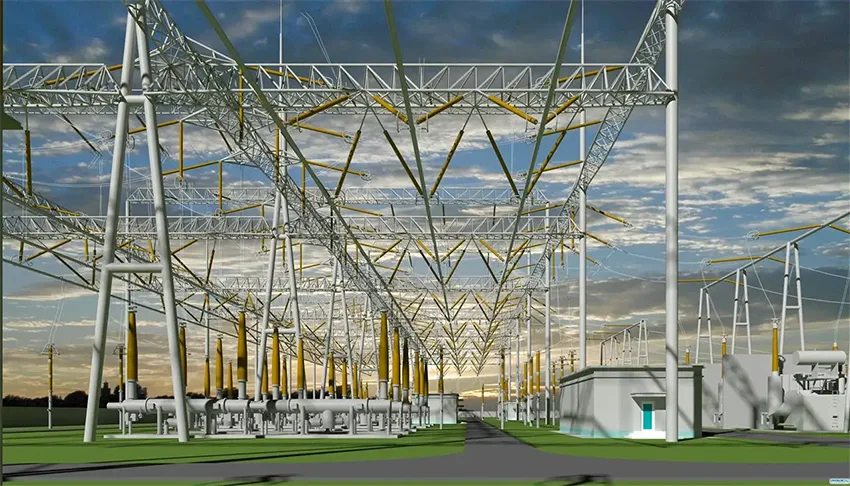
What are the benefits of Smart Grid?
1. In terms of the power system: it can reduce the effective installed capacity of the system, lower the total cost of power generation fuel of the system; enhance the utilization efficiency of the power grid equipment and cut down the construction investment; upgrade the transmission efficiency of the power grid and decrease the line loss.
2. In terms of electricity customers: it can realize two-way interactions and deliver accessible services; enhance terminal energy utilization efficiency and reduce electricity consumption; increase power supply reliability and improve electricity quality.
3. In terms of energy conservation and environment: it can raise energy utilization efficiency and bring benefits of energy conservation and emission reduction; promote clean energy development and realize benefits of alternative emission reduction; enhance the overall utilization rate of land resources and reduce land occupation.
4. In other aspects: it can drive economic development and employment; guarantee energy supply security; turn coal transmission into electricity transmission, improve energy conversion efficiency and lessen transportation pressure.
6. The Challenges Facing the Smart Grid System
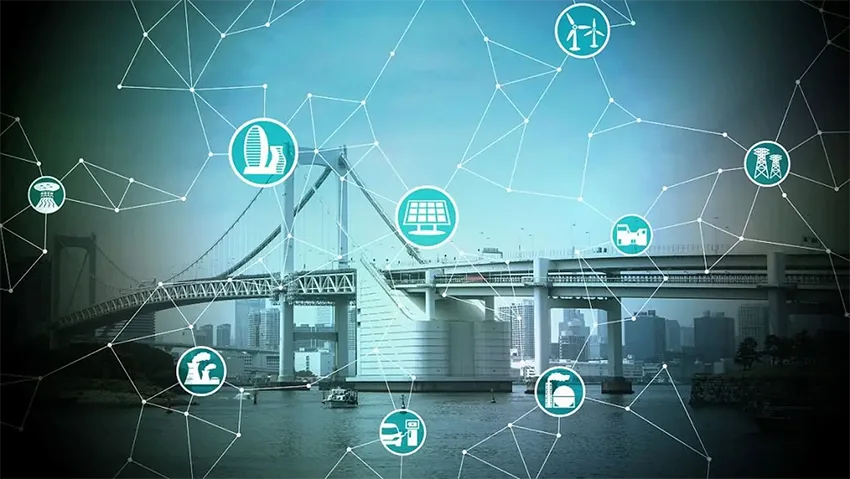
The first one is the challenge of a high proportion of new energy grid regulations. At present, there is increasing pressure on the grid to integrate renewable energy, including the integration of wind power, photovoltaic and customer-side access to distributed power sources, which puts a higher demand on the grid regulation capability.
The second point is the flexible interconnection and safe operation of large grid systems. The State Grid Corporation is currently taking great effort in the construction of ultra-high voltage AC and DC grids, and the flexible interconnection of large grids will become normal for a long time in the future.
The third one is the supply and demand interaction of multiple users of electricity. Lu Yang said that the State Grid Corporation, currently, has established an information collection system for smart grid power consumption, which covers more than 400 million households. In addition, the world’s largest smart car networking platform has been set up with access to more than 170,000 charging stations. In the future, users are engaged deeply in the two-way interaction of the grid, including time-sharing tariffs and demand-side response as well as charging and discharging of electric cars.
The fourth point is the close coupling and interaction between the information space and the power system. Now the big cloud, including advanced information and communication technology, has been more or less utilized in the power grid. The application will be more engaged in the future development trend, with deeper integration into the grid system. It will be a new challenge that information and communication technologies to be deployed according to the needs of businesses and applications.
7. What equipment is available for Smart Grid
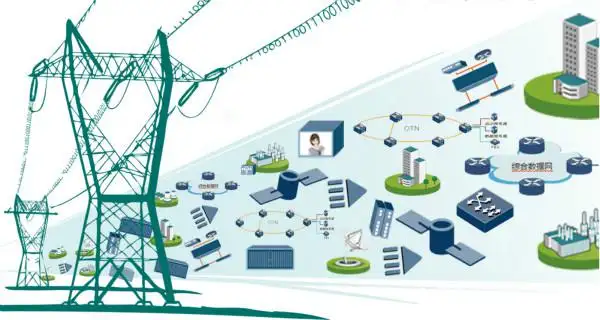
Smart High-Voltage Cabinet
Combined with a safety cloud meter, a high-voltage cabinet (with a number of wireless temperature measurement supporting devices) can realize comprehensive monitoring and platform upload of high-voltage cabinet electricity volume, electrical energy volume, status volume and switch electrical joints, cable joints temperature; Configured with 1 electronic identity card and combined with cell phone APP, the cabinet can fulfill the overall intelligence and clouding management of high-voltage cabinets
Smart Low-Voltage Cabinet: Single-Circuit
Low-voltage cabinets with single circuits, configured with one safety cloud meter (externally connect to low-voltage temperature sensors), can be uploaded directly to the cloud platform to realize integral monitoring and platform uploading of temperature, electrical volume, status volume and electric volume of low-voltage cabinet electrical joints; Configured with 1 electronic identity card and combined with cell phone APP, the cabinet can fulfill the overall intelligence and clouding management of low-voltage cabinets.
Smart Low-Voltage Cabinet: Multi-Circuits
Concerning low-voltage cabinets with multi-circuits, each circuit is configured with one electrical safety monitoring instrument (external low-voltage temperature sensors) to centrally upload to the clouding platform, together with another wireless data transmission terminal. Configured with 1 electronic identity card and combined with cell phone APPs, the cabinet can fulfill the overall intelligence and clouding management of low-voltage cabinets with multi-circuits.
Intelligent Box-Type Substation
The electrical equipment of the box-type substation contains three parts: high-voltage cabinets, transformers and low-voltage cabinets. Among them, safety clouding meters are selected as high-voltage cabinets (equipped with a number of wireless temperature sensors); Inlet and outlet-connected parts of transformers are configured with wireless temperature measurement sensors; Inlet and outlet circuits of low-voltage cabinets are configured with electrical security monitoring instruments (external connection to three temperature-measuring sensors). Through the unified field bus and wireless data transmission equipment connection, it can realize the integral collection and platform uploading of high and low voltage electrical and transformer’s connector temperature, electrical amount, status amount and electricity amount; Configured with 1 electronic identity card and combined with cell phone APPs, the cabinet can fulfill the overall intelligence and clouding management of the overall substations.
Smart Meter
Centralized meter readings and power turn-off can be realized to achieve the turn-on and turn-off of switches through the control of the cell phones.
Power Cabinet with Dehumidification Devices
The power cabinet with dehumidification devices provides protection for the power equipment from corrosion.
Smart Charging Station
Commonly installed in the compounds, such charging stations provide convenience for the residents to charge their electric vehicles outdoors in a smart way.
8. Smart Grid Applications
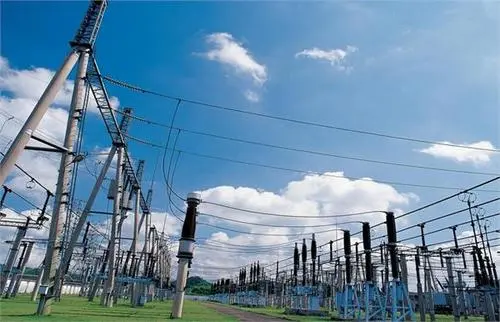
Data Visualization of Power Grid
Every detail of the power grid’s operation status can be displayed in a full and complete way to support decision-making and evidence to management, with data analysis including power distribution, transmission, generation as well as user information, and with visualization operation real-time analysis achieved by software.
Trend Prediction of Power Grid Loading
What’s more, real-time loading statuses of the Internet can be displayed with the help of historical and real-time data of grid loading provide by big data, which can predict the changing trend of grid loading. Also, along with comprehensive management, it can boost the utilization rate of devices and decrease power consumption and losses to achieve a more economical and efficient power grid operation.
Trend Forecast of Device Failure
By analyzing the correlation among fault types, historical status and operational parameters of faulty equipment in the grid analysis through big data, the pattern of grid fault occurrence can be predicted. Also, the risk of grid operation can be assessed. All of these can give real-time early warning, allowing technicians to conduct equipment maintenance and inspection ahead of time.
Self-Repairing of Grid Realization
In a smart grid, faulty devices in the grid are isolated from the grid system as quickly as possible, and the system restores itself to normal operations (with little or no human intervention), thus providing virtually uninterrupted power service to customers. We can draw an analogy that the human immune system is similar to the self-healing of the smart grid. Combining the two predictions above, the grid system can continuously achieve self-predicting and take instant measures to control or correct faults which have been detected or are likely to occur.
Independent communications of secondary devices
Within existing grid systems, communications of secondary devices are usually achieved through buses and special communication devices, which are called “master control units” (generally called RTUs) in internal terms. In a smart grid, secondary devices such as monitoring and protection will be equipped with self-adaptive as well as self-interactive modules that can communicate with each other adaptively. This flexibility and self-adaptive capability will significantly enhance reliability as if the equipment were “autonomous”. In this case, other devices can still be in stable operation even if parts of the system function in failure.
















